Impact craters are formed when a meteoroid, asteroid or comet crashes into a planet or a moon. All the inner bodies in our solar system have been heavily bombarded by meteoroids throughout their history. This bombardment is clearly visible on the surfaces of the Moon, Mars and Mercury for example. On the Earth, however impact craters are continually erased by erosion or transformed by tectonics over time.
Still, almost 170 terrestrial impact craters have been identified on our planet. These range in diameter from a few tens of meters up to about 300 km (186 miles), and they range in age from recent times to more than two billion years.
The impact craters featured on this list are relatively small and young making them easier to spot. An example of a large and old impact crater is the Chicxulub crater with a diameter of 180 kilometers (110 miles). The impact that formed this famous crater is thought to have been responsible for the extinction of the dinosaurs, about 65 million years ago.
11. Roter Kamm Crater
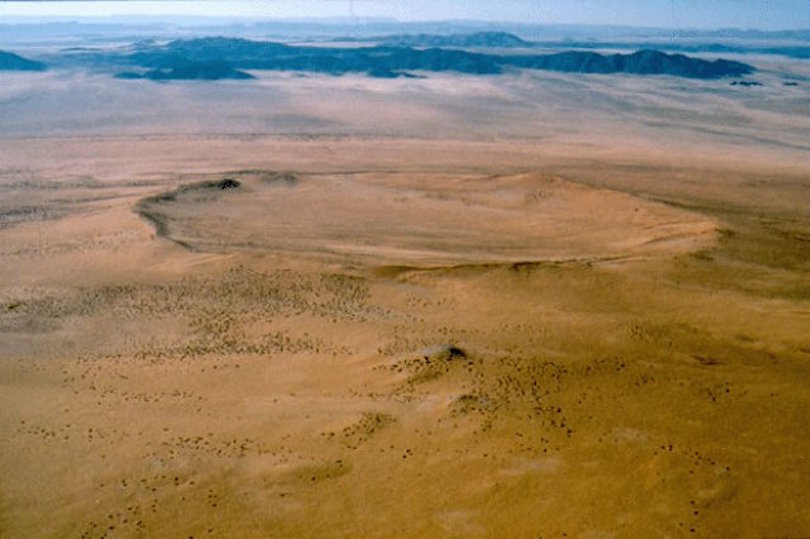
Located in the Namib Desert, Namibia, the Roter Kamm crater is about 2.5 km (1.6 miles) in diameter and is 130 meters (400 feet) deep. It was created by a meteor with a size of a large vehicle about 3.7 million years ago.
The crater is clearly visible, but its floor is covered by sand deposits at least 100 meters (300 feet) thick. Combined with the orangey-red color of the Namib Desert the crater gives the impression of a Martian surface rather than that of our own planet.
10. Kaali Crater
The Kaali Crater was created by a meteorite that reached the earth somewhere between the 4th and 8th century BC. At an altitude of about 5-10 km, the meteorite broke into pieces and fell to the Earth in fragments. The largest crater is about 110 meters wide and 22 meters deep. Within a 1 kilometer radius of the main crater lie 8 smaller craters that were created during this bombardment.
The entire forest of the Estonian island of Saaremaa most likely burned down as a result of the impact. The crater is part of many Estonian myths and stories. It is even possible that Saaremaa was the legendary Thule island, whereas the name “Thule” could have been connected to the Finnish word tule (“of fire”).
9. Tenoumer Crater
Nearly a perfect circle, the Tenoumer Crater is 1.9 kilometers (1.2 miles) wide, and sports a rim 100 meters (330 feet) high. The crater is located in the western Sahara Desert, Mauritania. Modern geologists long debated what caused this crater, some of them favoring a volcano.
But closer examination of the structure revealed that the crater’s hardened “lava” was actually rock that had melted from a meteorite impact. This impact occurred roughly between 10,000 and 30,000 years ago.
8. Lonar Crater Lake
The Lonar Lake in Maharashtra, was formed about 50,000 years ago when a meteorite hit the surface. The saltwater lake that evolved in the resulting basaltic rock formation has a mean diameter of 1.2 kilometers (3,900 feet) and is about 137 meters (449 feet) below the crater rim.
Numerous temples surround the lake, most of which are in ruins, except for a temple of Daityasudan, at the center of the Lonar town, which was built in honor of Vishnu’s victory over the giant Lonasur. The crater itself is a fun trek and the surrounding vegetation is a treat for birdwatchers.
7. Monturaqui Crater
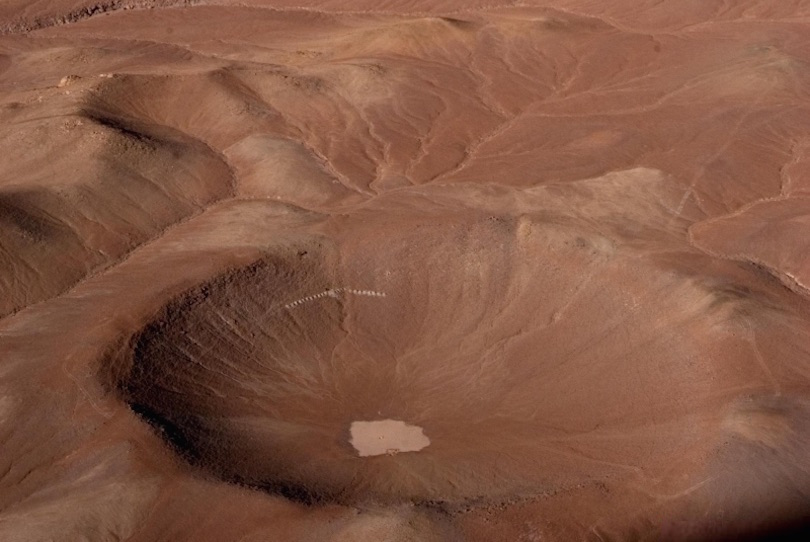
The Monturaqui Crater is located south of the Salar de Atacama in Chile. The present dimensions of the crater are approximately 460 meter (1,509 feet) in diameter by 34 meter (100 feet) deep. The impact probably occurred about a million years ago. Because of the extreme arid conditions of the area the crater is still clearly visible.
By its size and morphology, the Monturaqui crater presents many similarities with the Bonneville crater on Mars explored by the Spirit rover in 2004. Both craters are shallow, the size of the blocks ejected near the crater rim are similar, and both were formed in a volcanic environment.
6. Gosses Bluff Crater
Located near the center of Australia, the Gosses Bluff crater is thought to have been formed by the impact of an asteroid or comet approximately 142 million years ago.
The eroded crater is 6 km (4 miles) across, but at the time of impact it would have been around 22 km (14 miles) in diameter. The site is known as Tnorala to the Western Arrernte Aboriginal people, and is a sacred place.
5. Tswaing Crater
The Tswaing Crater was created by a chondrite or stony meteorite, some 30 to 50 meter in diameter, that hit the earth about 220,000 years ago. In the center of the crater is a small lake which is filled by a spring and rainwater.
Stone tools from the stone age show that the crater was regularly visited by people in order to hunt and collect salt. European settlers named the region Zoutpan (Salt Pan) while the local Tswana tribes call the region Tswaing which means “Place of Salt”.
4. Pingualuit Crater
The Pingualuit Crater was created about 1.4 million years ago by a meteorite impact that had the force of 8500 Hiroshima-sized atomic bombs. The 3.44 km (2.14 miles) diameter crater rises 160 meters (520 feet) above the surrounding tundra and is 400 meter (1,300 feet) deep. The lake at the bottom of the crater has a depth of 270 meter (890 feet) and contains some of the purest water in the world.
The lake has no inlets or apparent outlets, so the water accumulates from rain and snow and is only lost through evaporation. The crater was discovered in 1943, by a US Air Force plane on a meteorological flight. Pingualuit means “where the land rises” in the local Inuit language.
3. Amguid Crater
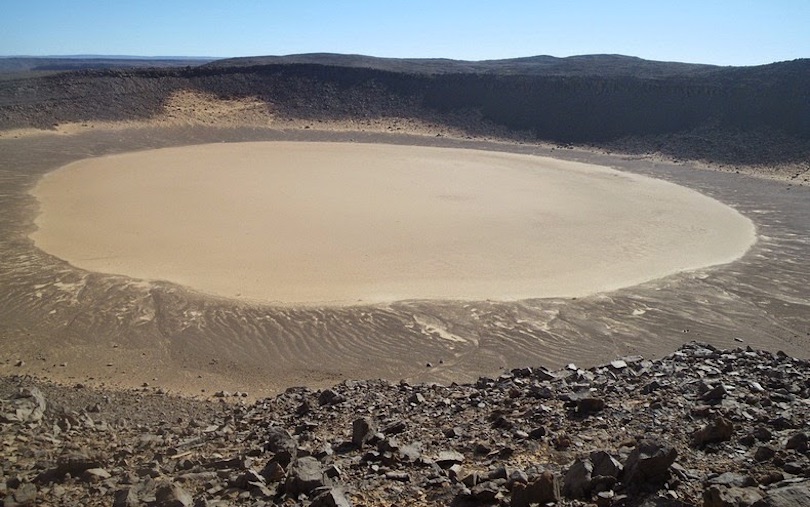
A relatively young crater, the Amguid Crater is the result of a meteor impact about 100,000 years ago. It is located in a remote area in southwestern Algeria.
The perfectly circular meteorite impact crater is 450 meter (1476 feet) in diameter and 30 meter (100 feet) deep. The top of the rim is covered by blocks of sandstones that are several meters in diameter. The center of the crater is flat, and is filled by compacted eolian silts.
2. Wolfe Creek Crater
The Wolfe Creek Crater in Australia was formed by a meteorite that crashed into the earth 300,000 years ago. The 50,000 had a mass of about 50,000 tons and left a crater of about 875 meters (2870 feet) in diameter.
The crater that was left was probably about 120 meters deep. Over the next 300,000 years the wind gradually filled it with sand and today the crater floor is 60 meters (200 feet) below the rim, which rises 25 meters above the surrounding flat desert land.
Small numbers of iron meteorites have been found in the vicinity of the crater. The crater was discovered during an aerial survey in 1947 although the Aboriginal people have known the crater for thousands of years.
1. Barringer Crater
Barringer Crater is the best known and best preserved impact crater on Earth. The crater is named after Daniel Barringer who was first to suggest that it was produced by a meteorite impact. The crater is still privately owned by his family and is also simply known as Meteor Crater or Arizona Crater.
Measuring about 1,200 meters (4,000 feet) in diameter and 170 meters (570 feet) deep, with a rim 45 meter higher on average than the surrounding plain, the crater lies near Flagstaff, Arizona.
The Barringer Crater was formed about 40,000 years ago by the impact of an iron meteorite, some 50 meters(54 yards) across and weighing several hundred thousand tons. Recent research suggests that the meteor struck at a speed of 12.8 kilometers per second (28,600 mph).

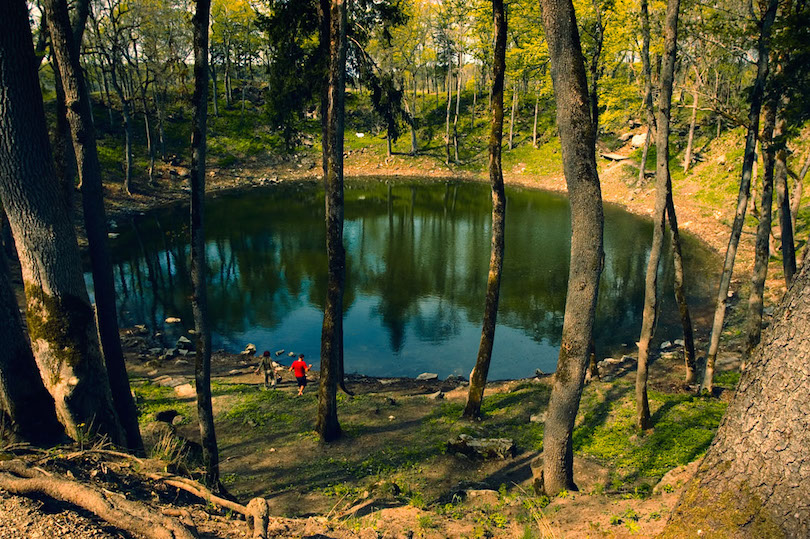
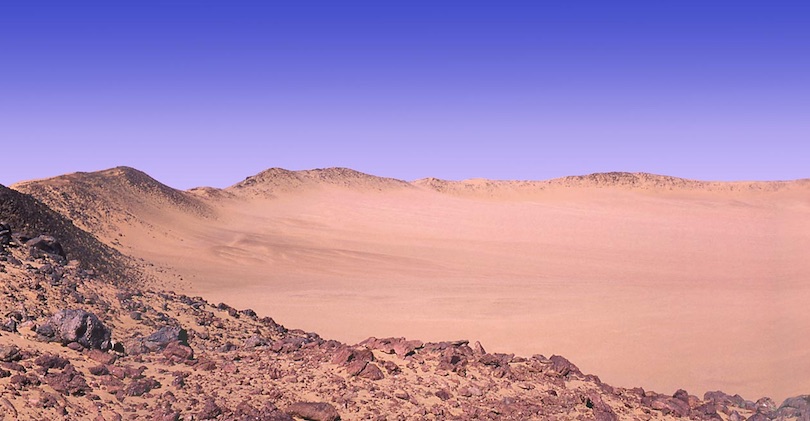
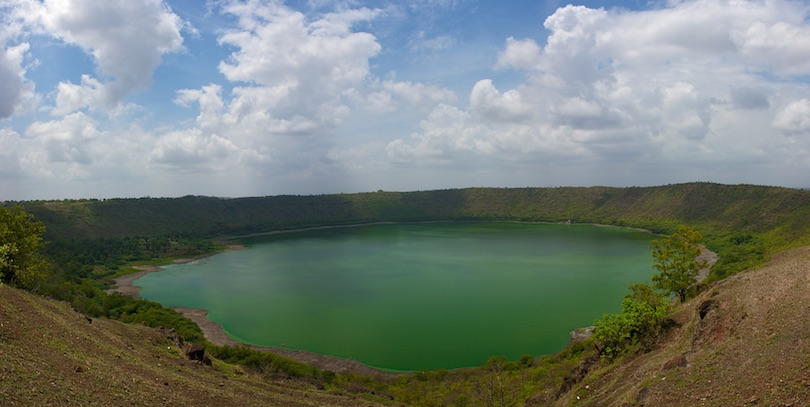
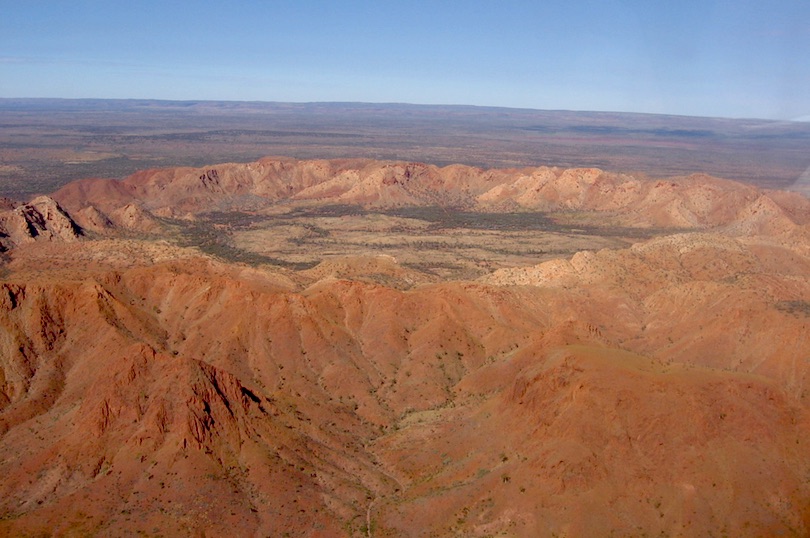
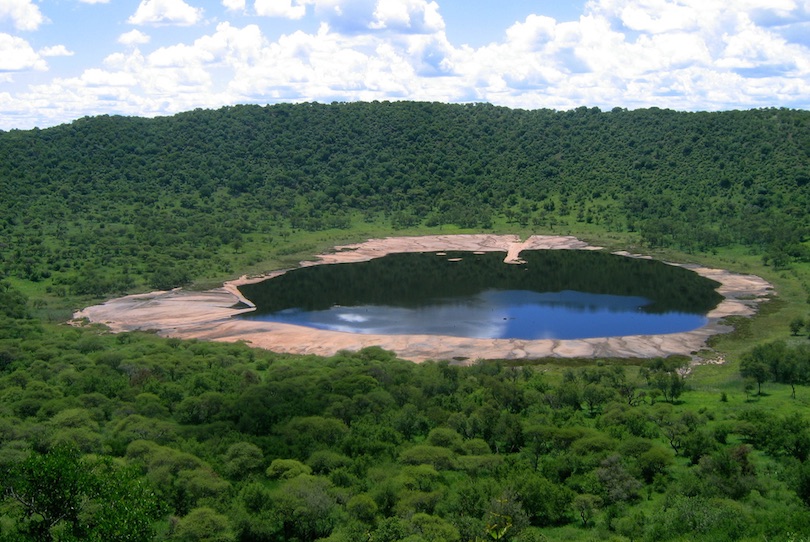
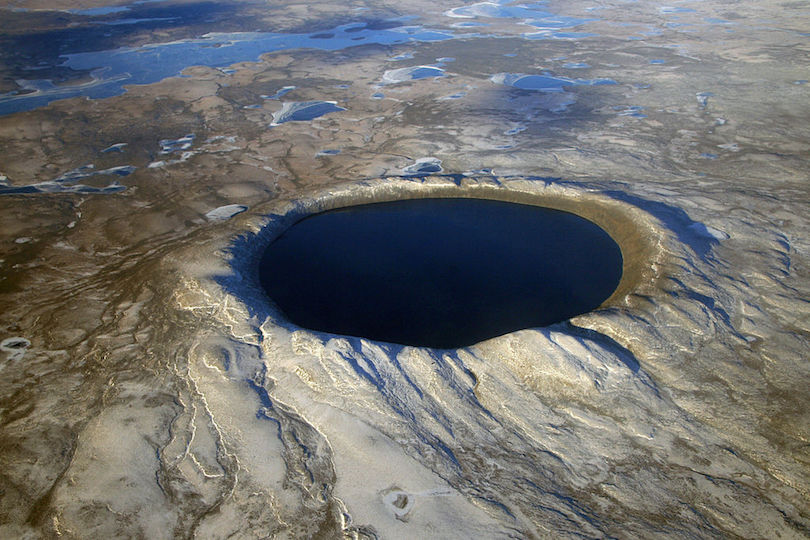
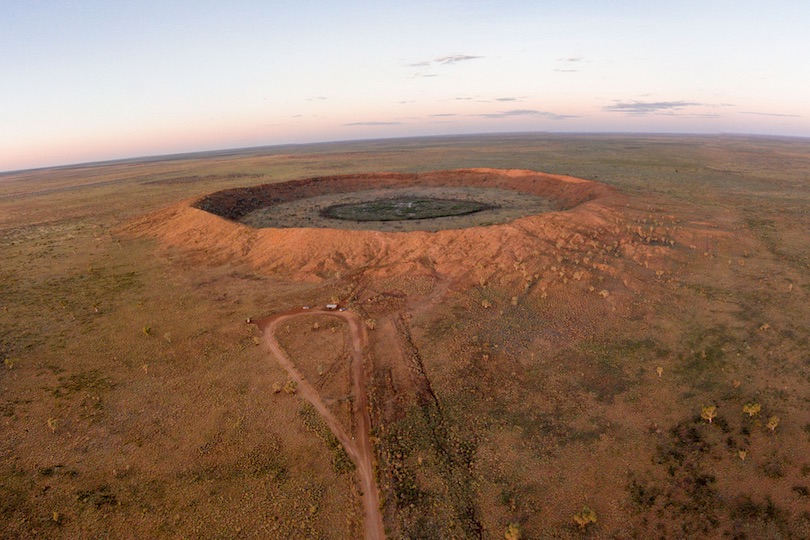
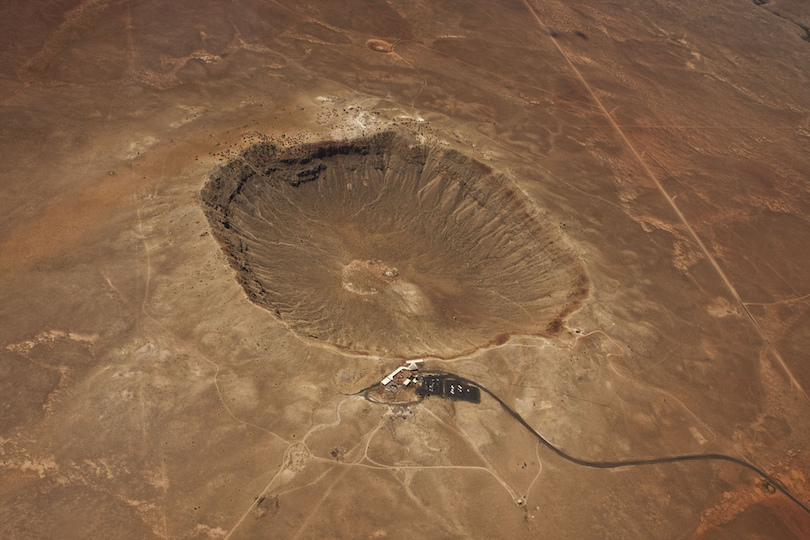
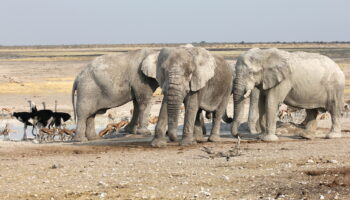

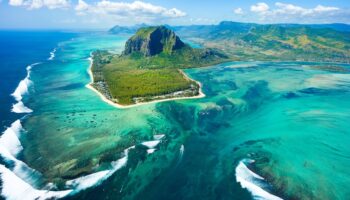
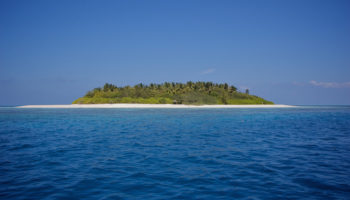
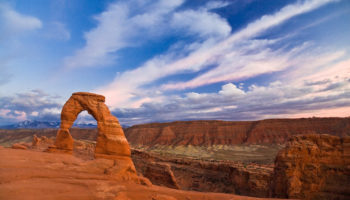
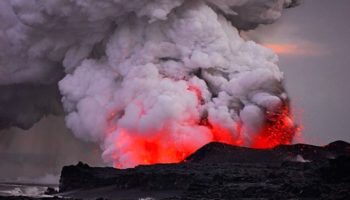
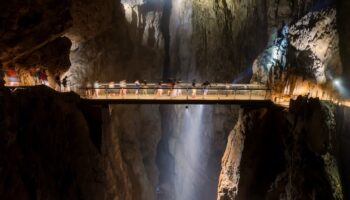


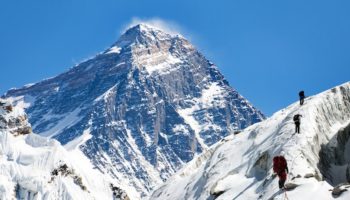
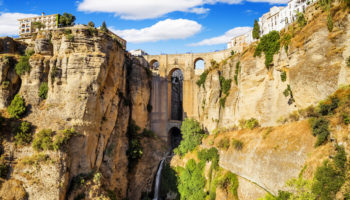
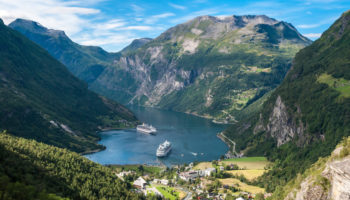
This article gives one greater insight as to how delicate a balance there is between life and death on our planet. There have been many asterodial collisions on Earth that change the course of evolution over the past billion years. The dinosaurs vanished by a giant space object that hit Earth aproximately 66 million years ago and paved the way for mamals (and eventually humankind) to exist. The giant crater in the ocean floor off the Yucatan Peninsula is filled in by natural forces but the impact of this worldly collission must have been unimaginable! I visited the Berringer crate in 1992 and loved it; I would love to visit some of the other sites mentioned in this article.
I’ve been multiple times to Estonia and this is the first time I hear about Kaali Crater. Next time I visit Estonia, I will definitely visit this place. Thank you.
There is a nice one near Jajapa,Vera Cruz, Mexico
how weird that somebody can own a crater xD